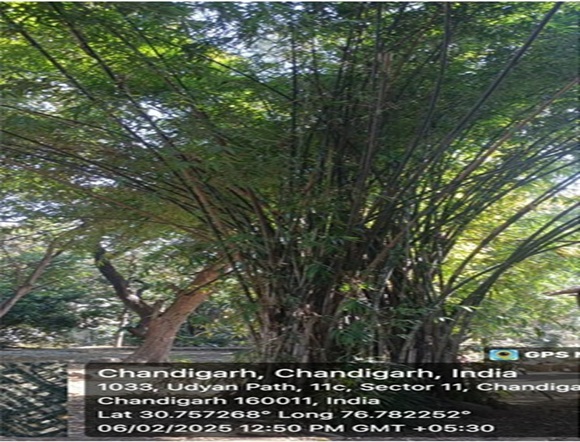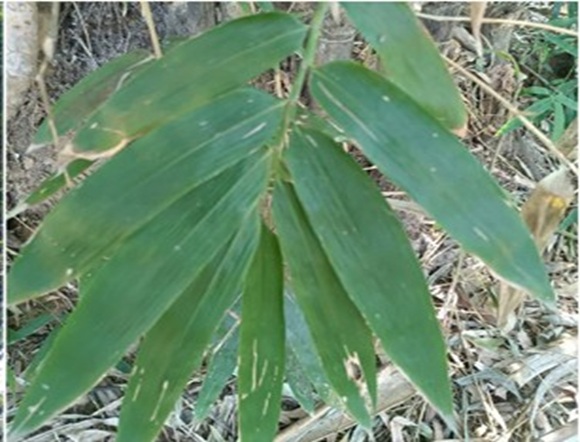

Habitat:
It is native to Bangladesh, India, Sri Lanka, Southeast Asia, and to the province of Yunnan in southern China, but it has been widely cultivated in many other places and has become naturalized in several regions. Bamboo grows in a variety of habitats, including forests, grasslands, and mountainous regions.
Flowering Season:
It is known to flower infrequently. Bamboo species generally flower in long intervals, sometimes every 40 to 50 years or more, depending on the species.
Fruiting Season:
Flowers in the months between November and April.
Climatic Conditions:
Prefers warm temperatures between 20°C to 30°C (68°F to 86°F). Requires moderate to high rainfall, approximately 1,200 mm to 2,500 mm (47 to 98 inches) annually. Grows best in humid environments, thriving in areas with high humidity. Thrives in well-drained, fertile soil rich in organic matter with a slightly acidic to neutral pH (pH 6.0–7.5).
Seed Propagation:
It can be propagated by seeds , Rhizomes, Culm Cuttings, or through tissue culture.
Parts Used:
Culms (Stems): Used in construction (houses, scaffolding), making furniture, crafts, and paper production due to their strength and flexibility.
Leaves: Utilized in traditional medicine for treating ailments like fevers and diarrhea, and also serve as fodder for livestock.
Shoots: The young bamboo shoots are edible and widely used in Asian cuisine, offering nutritional value like fiber and vitamins.

Leave A Comment